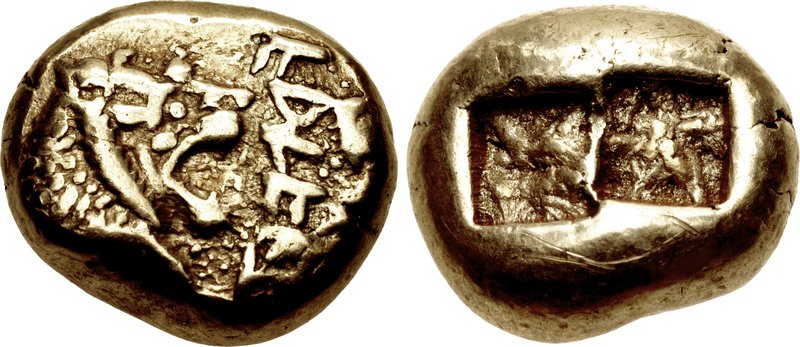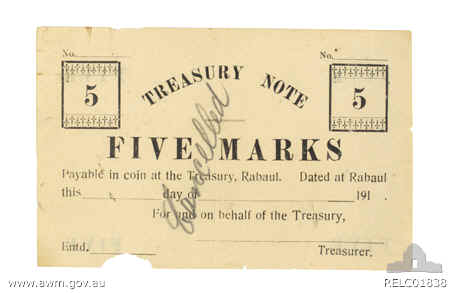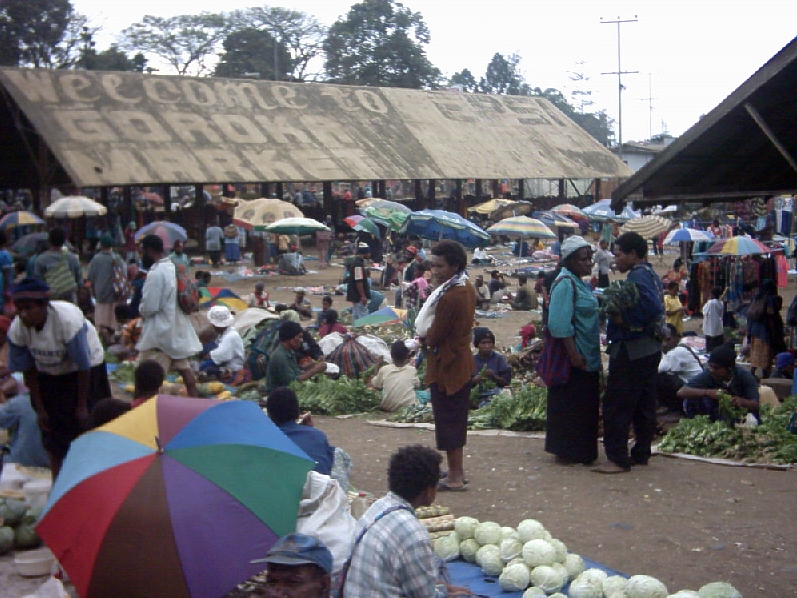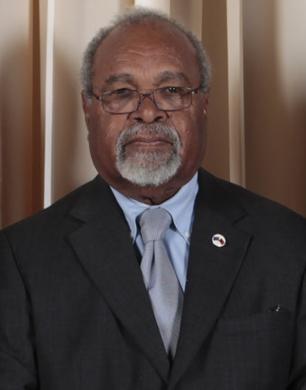|
Papua New Guinean Kina
The Kina (ISO 4217 currency code: ''PGK'', the currency symbol: ''K'') is the currency of Papua New Guinea. It is divided into 100 ''toea''. The name ''Kina'' is derived from Kuanua language of the Tolai region, referring to a callable pearl shell used widely for trading in both the Coastal and Highlands areas of the country. History The kina was introduced on 19 May 1975 and circulated along with the Australian dollar until 31 December 1975. The two currencies were equal in value (K1 = A$1). The next day, the dollar ceased to be legal tender in Papua New Guinea. The kina has been a historically stable currency; the economy has never experienced exorbitant rates of monetary inflation. During its early years, the kina experienced an appreciation relative to the Australian dollar, reaching a value of approximately A$1.30 in 1980. The kina reached a peak relative to the Australian dollar in 1986 (K1 = A$1.54). The kina remained stable until 1995, when the country started experi ... [...More Info...] [...Related Items...] OR: [Wikipedia] [Google] [Baidu] |
Bank Of Papua New Guinea
The Bank of Papua New Guinea is the central bank of Papua New Guinea, which has a core mandate to ensure price stability and maintain macroeconomic growth. To achieve this, it discharges four main functions; 1. responsible for the formulation and implementation of monetary policy, 2. ensure financial system development and stability, 3. ensure the payment system remain efficient, and 4. provide a banking role to the Government. It also manages the country's foreign reserves, issue the country's currency, manages the gold and foreign exchange of Papua New Guinea. Mr Loi Martin Bakani is the current governor of the bank. Background Banking came to Papua in 1910 with the establishment of a branch of the Bank of New South Wales in Port Moresby. In 1916, the Australian government-owned Commonwealth Bank, established a branch in Rabaul and agencies in other towns, largely to support the banking needs of the Australian Army and its troops who had taken control of the former German colony ... [...More Info...] [...Related Items...] OR: [Wikipedia] [Google] [Baidu] |
Cassowary
Cassowaries ( tpi, muruk, id, kasuari) are flightless birds of the genus ''Casuarius'' in the order Casuariiformes. They are classified as ratites (flightless birds without a keel on their sternum bones) and are native to the tropical forests of New Guinea (Papua New Guinea and East Indonesia), Aru Islands (Maluku), and northeastern Australia.. Three species are extant: The most common, the southern cassowary, is the third-tallest and second-heaviest living bird, smaller only than the ostrich and emu. The other two species are represented by the northern cassowary and the dwarf cassowary; the northern cassowary is the most recently discovered and the most threatened. A fourth but extinct species is represented by the pygmy cassowary. Cassowaries feed mainly on fruit, although all species are truly omnivorous and take a range of other plant foods, including shoots and grass seeds, in addition to fungi, invertebrates, and small vertebrates. Cassowaries are very wary of human ... [...More Info...] [...Related Items...] OR: [Wikipedia] [Google] [Baidu] |
Currencies Of Papua New Guinea
A currency, "in circulation", from la, currens, -entis, literally meaning "running" or "traversing" is a standardization of money in any form, in use or circulation as a medium of exchange, for example banknotes and coins. A more general definition is that a currency is a ''system of money'' in common use within a specific environment over time, especially for people in a nation state. Under this definition, the British Pound Sterling (£), euros (€), Japanese yen (¥), and U.S. dollars (US$)) are examples of (government-issued) fiat currencies. Currencies may act as stores of value and be traded between nations in foreign exchange markets, which determine the relative values of the different currencies. Currencies in this sense are either chosen by users or decreed by governments, and each type has limited boundaries of acceptance - i.e. legal tender laws may require a particular unit of account for payments to government agencies. Other definitions of the term "currency ... [...More Info...] [...Related Items...] OR: [Wikipedia] [Google] [Baidu] |
Currencies Of The Commonwealth Of Nations
A currency, "in circulation", from la, currens, -entis, literally meaning "running" or "traversing" is a standardization of money in any form, in use or circulation as a medium of exchange, for example banknotes and coins. A more general definition is that a currency is a ''system of money'' in common use within a specific environment over time, especially for people in a nation state. Under this definition, the British Pound Sterling (£), euros (€), Japanese yen (¥), and U.S. dollars (US$)) are examples of (government-issued) fiat currencies. Currencies may act as stores of value and be traded between nations in foreign exchange markets, which determine the relative values of the different currencies. Currencies in this sense are either chosen by users or decreed by governments, and each type has limited boundaries of acceptance - i.e. legal tender laws may require a particular unit of account for payments to government agencies. Other definitions of the term "currency ... [...More Info...] [...Related Items...] OR: [Wikipedia] [Google] [Baidu] |
New Guinean Mark
The Mark (German language, German plural: Mark, English language, English plural: marks) was the currency of the colony of German New Guinea between 1884 and 1911. It was equal to the German gold mark, German Mark, which was also legal tender in the colony. Initially, only German currency circulated. This was supplemented in 1894 by coins issued specifically for New Guinea. These coins were demonetized on 15 April 1911, in exchange for the German Mark, the only legal tender after that date. In 1914, during World War I, German New Guinea was Australian occupation of German New Guinea, quickly occupied by Australia. That year, the Australian authorities issued Treasury notes denominated in marks. In 1915, the Mark was replaced by the Australian pound. Coins In 1894, the Neu-Guinea Companie issued bronze 1, 2 and 10 Pfennig and silver ½, 1, 2 and 5 Mark coins, followed by gold 10 and 20 Mark pieces in 1895. Banknotes Between 1914 and 1915, Treasury Banknotes of New Guinea were iss ... [...More Info...] [...Related Items...] OR: [Wikipedia] [Google] [Baidu] |
New Guinean Pound
The pound was the currency of the Australian Territory of New Guinea between 1915 and 1966, and replaced the New Guinean mark when Australia occupied the former German colony at the end of World War I. The New Guinean pound was subdivided into 20 shillings, each of 12 pence, and was equal to the Australian pound. No banknotes were ever issued; all denominations larger than one shilling were Australian currency. The Australian pound currency circulated alongside coins issued specifically for New Guinea between 1929 and 1945.http://en.numista.com/catalogue/nouvelle_guinee-1.html Numista New Guinean coins ceased to be produced in 1945. Between 1942 and 1945, the Oceanian pound circulated, issued by the Japanese occupiers. Australian coins and banknotes resumed circulation after the war and continued until the Papua New Guinean kina, which was introduced on 19 April 1975, replaced the Australian dollar at par. The Australian dollar continued to be legal tender in PNG until 1 Janua ... [...More Info...] [...Related Items...] OR: [Wikipedia] [Google] [Baidu] |
Economy Of Papua New Guinea
The economy of Papua New Guinea (PNG) is largely underdeveloped with the vast majority of the population living below the poverty line. However, according to the Asian Development Bank its GDP is expected to grow 3.4% in 2022 and 4.6% in 2023. It is dominated by the agricultural, forestry, and fishing sector and the minerals and energy extraction sector. The agricultural, forestry, and fishing sector accounts for most of the labour force of PNG while the minerals and energy extraction sector, including gold, copper, oil and natural gas is responsible for most of the export earnings. PNG's GDP growth has been driven by the extraction industries and real GDP growth per capita has averaged 4% since mid-2000. The GDP Growth rate for PNG in 2021 was at 1.3%. The country has made significant progress investing proceeds from oil and gas in infrastructure building. As a result, its major cities like Port Moresby and Lae have received increased international investor attention, giving ... [...More Info...] [...Related Items...] OR: [Wikipedia] [Google] [Baidu] |
Michael Somare
Sir Michael Thomas Somare (9 April 1936 – 26 February 2021) was a Papua New Guinean politician. Widely called the "father of the nation" (), he was the first Prime Minister after independence. At the time of his death, Somare was also the longest-serving prime minister, having been in office for 17 years over three separate terms: from 1975 to 1980; from 1982 to 1985; and from 2002 to 2011. His political career spanned from 1968 until his retirement in 2017. Besides serving as PM, he was minister of foreign affairs, leader of the opposition and governor of East Sepik Province. He served in a variety of positions. His base was not primarily in political parties but in East Sepik Province, the area that elected him. During his political career he was a member of the House of Assembly and after independence in 1975 the National parliament for the East Sepik Provincial – later open – seat. He was the first chief minister at the end of colonial rule. Thereafter he became the f ... [...More Info...] [...Related Items...] OR: [Wikipedia] [Google] [Baidu] |
Prime Minister Of Papua New Guinea
The prime minister of the Independent State of Papua New Guinea ( tpi, Prai Minista bilong Papua Niugini) is Papua New Guinea's head of government, consequent on being the leader of the party or coalition with majority support in the National Parliament. The prime minister serves as the head of his party, the head of the coalition government, and the chairman of the National Executive Council. The office of Prime Minister was preceded by the Chief Ministry. 2011–2012 constitutional crisis From December 2011, the office was disputed between Peter O'Neill of the People's National Congress Party and Sir Michael Somare of the National Alliance Party; the latter eventually supported O'Neill as Prime Minister on 3 August 2012, thus ending the constitutional crisis. List of prime ministers of Papua New Guinea (1975–present) See also * Monarch of Papua New Guinea *Governor-General of Papua New Guinea Notes References {{Prime Minister Papua New Guinea, Prime Minis ... [...More Info...] [...Related Items...] OR: [Wikipedia] [Google] [Baidu] |
Port Moresby
(; Tok Pisin: ''Pot Mosbi''), also referred to as Pom City or simply Moresby, is the capital and largest city of Papua New Guinea. It is one of the largest cities in the southwestern Pacific (along with Jayapura) outside of Australia and New Zealand. It is located on the shores of the Gulf of Papua, on the south-western coast of the Papuan Peninsula of the island of New Guinea. The city emerged as a trade centre in the second half of the 19th century. During World War II, it was a prime objective for conquest by the Imperial Japanese forces during 1942–43 as a staging point and air base to cut off Australia from Southeast Asia and the Americas. As of the 2011 census, Port Moresby had 364,145 inhabitants. An unofficial 2020 estimate gives the population as 383,000. The place where the city was founded has been inhabited by the Motu-Koitabu people for centuries. The first Briton to see it was Royal Navy Captain John Moresby in 1873. It was named in honour of his father, A ... [...More Info...] [...Related Items...] OR: [Wikipedia] [Google] [Baidu] |
Legal Tender
Legal tender is a form of money that courts of law are required to recognize as satisfactory payment for any monetary debt. Each jurisdiction determines what is legal tender, but essentially it is anything which when offered ("tendered") in payment of a debt extinguishes the debt. There is no obligation on the creditor to accept the tendered payment, but the act of tendering the payment in legal tender discharges the debt. Some jurisdictions allow contract law to overrule the status of legal tender, allowing (for example) merchants to specify that they will not accept cash payments. Coins and banknotes are usually defined as legal tender in many countries, but personal cheques, credit cards, and similar non-cash methods of payment are usually not. Some jurisdictions may include a specific foreign currency as legal tender, at times as its exclusive legal tender or concurrently with its domestic currency. Some jurisdictions may forbid or restrict payment made by other than legal ... [...More Info...] [...Related Items...] OR: [Wikipedia] [Google] [Baidu] |
.jpg)







